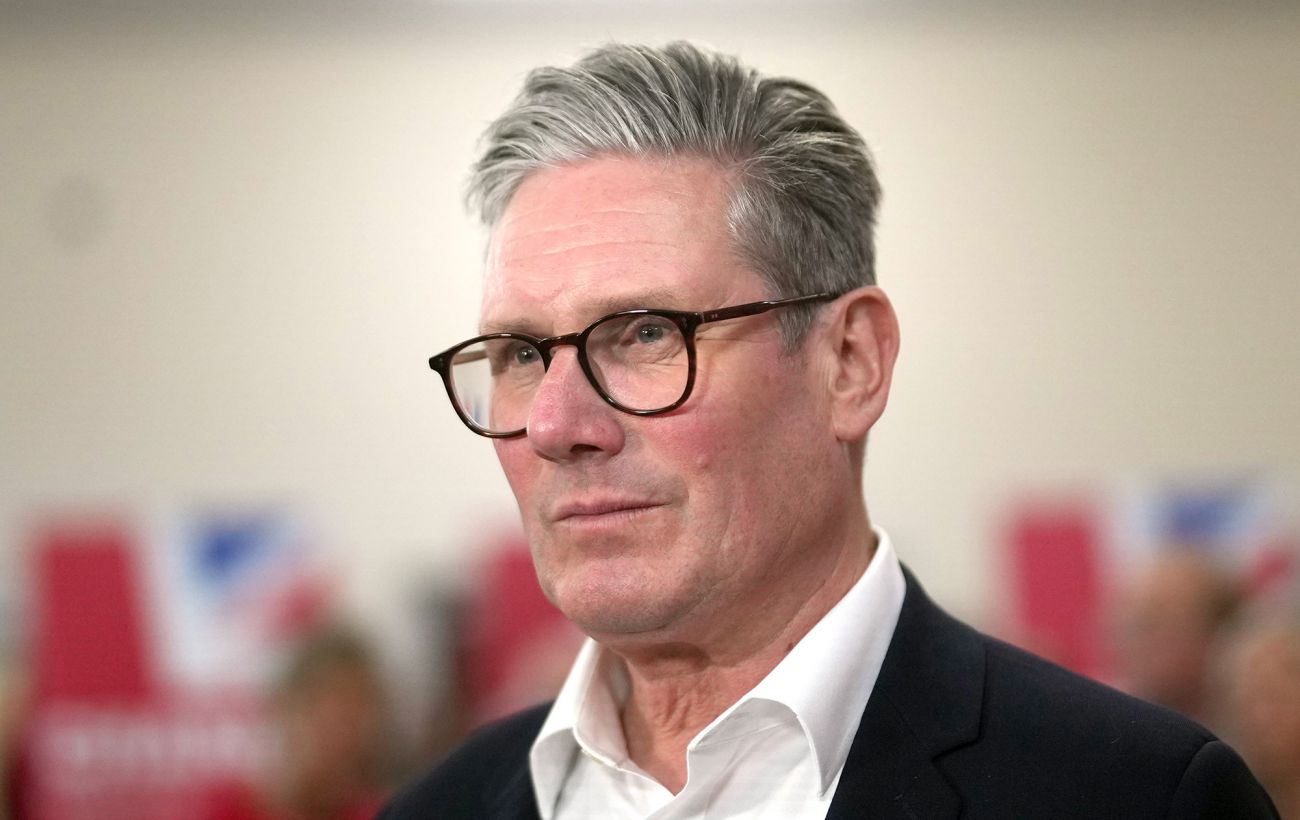Starmer’s plan for Ukraine: 30 thousand European troops and US aircraft as cover
20 February 09:12
British Prime Minister Keir Starmer has prepared his plan for post-war security in Ukraine, which he plans to present to US President Donald Trump next week. The British newspaper The Telegraph has written about the plan in detail, "Komersant Ukrainian" reports.
Thus, Starmer will present Trump with a plan to send less than 30,000 European troops to Ukraine and try to ensure American protection for this deployment.
The prime minister is expected to detail how European forces could monitor any ceasefire agreement agreed to by the US president when they meet in Washington next week.
But he will urge Trump to keep American fighter jets and missiles on standby in Eastern Europe to respond with deadly force if Russia violates the truce, the newspaper said.
The British prime minister has promised to act as a “bridge” between Washington and Europe, as the continent and Kyiv seem to have been cut off from Trump’s peace efforts. Starmer will emphasize that it is in the US interest to remain engaged in preventing a third Russian invasion after the end of hostilities.
Anglo-French strategy
The Anglo-French strategy on “assurance” was presented to Europe’s most influential leaders at an emergency meeting in Paris earlier this week as they reacted urgently to the start of peace talks between Trump and Putin.
It was developed amid fears that the US president would wash his hands of Ukraine almost immediately after the deal was concluded. Pete Hegseth, the US Secretary of Defense, said that the Europeans and Canada would bear full responsibility for peacekeeping operations in Ukraine.
According to the Anglo-French plan, fewer than 30,000 troops under European leadership would be deployed in Ukrainian cities, ports, and other critical infrastructure such as nuclear power plants, far from the current front lines.
Rather than deploying a much larger force in the war-torn country, the mission will rely on “technical monitoring,” including reconnaissance aircraft, drones and satellites to provide “a complete picture of what’s going on,” the Western official said.
The operation will be backed by sufficient firepower to “control and shoot down these attacks,” the source added, to open Ukraine’s airspace and enable commercial flights.
Naval patrol ships would also be sent to the Black Sea to monitor Russian threats to commercial shipping routes.
The plan outlined by Western officials is significantly smaller than the 200,000 troop peacekeeping mission that Ukrainian President Volodymyr Zelenskiy had demanded as a possible price for signing a peace deal.
But with opposition from Germany, Spain, and Italy to putting troops on the ground, European options for securing Ukraine’s future appear limited.
Читайте нас у Telegram: головні новини коротко
The role of the United States
Leaving the talks in Paris, Starmer said that such an operation would require “U.S. support” to deter Russia from attacking again.
“The purpose of the support is to make sure that any forces deployed are not attacked by Russia,”
the Western official said.
Such support could include U.S. fighter jets stationed in Romania and Poland, ready to respond to any future Russian aggression.
A much larger multinational ground force could also be based on NATO’s eastern borders, ready to move in to protect European troops inside Ukraine if necessary.
The strategy is also consistent with the longstanding policy of not placing NATO forces in direct confrontation with Russian forces in support of Ukraine.
It is hoped that Trump will agree to the support, as it would mean that no US troops would be deployed in post-war Ukraine.
A European official told the Telegraph that NATO will also have to start discussions on Article 5 on collective defense, which states that an attack on one member is an attack on all.
While there is no expectation that this article will cover European troops stationed in Ukraine, some countries will insist that this protection remain.
Security of Ukraine and Europe
The Munich Security Conference 2025 came as a real shock to many and a cold shower to European politicians after the US representatives voiced their vision of the future security model in Europe and the world. In particular, US Vice President Jay DeVance ‘s speech was about Europe no longer relying on the US security umbrella, as the US will no longer guarantee it. The Europeans were also told that the security of Ukraine after the ceasefire with Russia will also be on their shoulders, as it concerns European affairs, from which the United States is withdrawing.
And now the United States does not even “physically” see Europe at the table with Russia.
Against this backdrop, President of Ukraine Volodymyr Zelenskyy called for the creation of the European Armed Forces. This idea has already been quickly rejected in Poland.
Europeans were shocked by this turn from the United States. British Prime Minister Keir Starmer was the first to recover, saying that his country “can and will” send its contingent to Ukraine as a peacekeeper if a truce with Russia is concluded.
on February 17, French President Emmanuel Macron urgently convened the heads of “leading European states” to form a common position on this issue. However, it was not achieved. As it turned out, Britain, France, and Sweden were in favor of sending peacekeeping contingents to Ukraine, while Germany, Poland, Italy, and Spain were against it. Later, Macron said he was not going to send troops to Ukraine.









